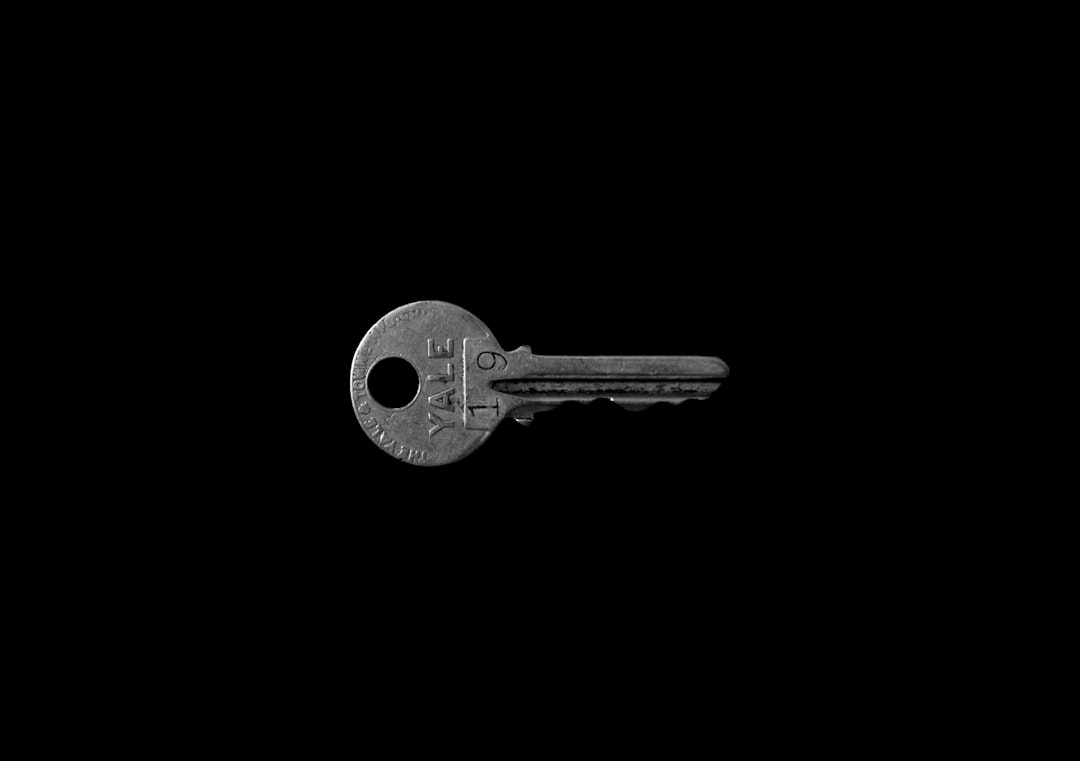84 utenti della rete avevano questa curiosità: Spiegami: Why are instruments written to be in different keys? For example, why is a C not a C on an alto sax but instead an Eb? Why not just rename the alto’s Eb to C and so on?
Spiegami: Why are instruments written to be in different keys? For example, why is a C not a C on an alto sax but instead an Eb? Why not just rename the alto’s Eb to C and so on?
Ed ecco le risposte:
For instruments that come in ‘families’, it means that you can play any instrument in the family without having to change your mental model of which fingering produces which note. Playing a ‘C’ on a Bb clarinet is the same as playing a ‘C’ on an Eb clarinet. Now of course the two Cs being played are different Cs, but the clarinetist doesn’t have to worry about that. They can just read their own music, and know that a C is always going to be played in the same way.
ranges also come into play. the viola is nontransposing, but neither bass nor treble clef is well-suited to its range, so it uses alto clef. the alto sax’s range bottoms at written Bb, so in concert pitch this would be C# 5 spaces down the staff, which is not good to be writing anything in. in a parallel universe where the alto sax was in concert pitch, it would then probably use alto clef.
this of course is the reason behind instruments like the piccolo or double bass which “transpose at the octave.” in that case range is clearly the only consideration at play.
Largely, convention and ease of notation on the instrument. It used to be very hard to get everything to be in tune, especially across multiple keys. This was due to the math they used to derive their tuning system more so than the tools they had access to. As our understanding of pitch and math has developed over the centuries we’ve come up with better (depending on who you ask) ways to tune things. Most of music theory is studying convention.
Furthermore, the range of those instruments are suited to play in those keys. A lot of wind band music is going to be in a flatted key signature simply because that’s what key most of those instruments are in. If we are playing a song in Eb that alto is now reading in C.
Long story short: convention, mostly.
For brass instruments the story is a little different from what the others have mentioned. For a valved brass like trumpet or horn or tuba, there are natural harmonics (notes) that you can play in the open position, namely where you don’t press any valves. The harmonics form a scale of sorts (though they aren’t actually called a scale), and the key of this “scale” is what dictates the key of these instruments.
In the case of saxes, just by way of example, if you learn how to play one sax, you’ll know the fingerings for all of the notes. Muscle memory will work in your favour, so when you see C your fingers will automatically depress the keys to make the note C.
The Tenor and Soprano saxes are made to be one full octave apart. In music an octave difference is huge, so it makes sense to create a version of the instrument that fits in between them, so music can be written that’s neither too high for the tenor nor too low for the soprano. Hence the alto.
So when you do this you have two options available:
- do we write music in the same key as the soprano and tenor, but you’ll need to learn a whole new set of fingerings to play it.
Or
- do we allow the fingering for C to still mean C, and write the music in a different key.
For woodwind instruments (saxes, clarinets, flutes…) the latter method was chosen.
For brass instruments (certainly in orchestral situations) the former method was chosen.
Horn and Trumpet orchestral parts are typically written in C (no matter what key the music is in) with an instruction to tell them which instrument to use, telling the player to play the E version, or the F version, etc. Most trumpet and horn players these days only play one (maybe two) versions of their instrument, so during performance they need to mentally transpose everything.
Trombone parts are written in concert pitch no matter which trombone it’s written for — like saxes, trombone come in different keys, and the player needs to learn how to play each version of the instrument as the positions for the notes vary between instruments. Tenor trombones are pitched in Bb (many with an F trigger) whilst alto in Eb (and sometimes, bit rarely, in F). Trombone with triggers are effectively trombone that change key — a bass trombone changes between Bb, F, Gb, and D. Older bass trombones went to E.
For various historic reasons various instruments settled on various keys, and music was written transposed or not.
A standard trombone and trumpet are both built around the same harmonic series of Bb. However on a trumpet the note is called C, and the trumpet music (think concert or jazz band) is written in a different key to the trombone, despite the instruments being made to sound exactly one octave apart. The Bb trumpet became the defacto trumpet, and because trumpet parts were written with no key, hence written “in C”, this stuck.

